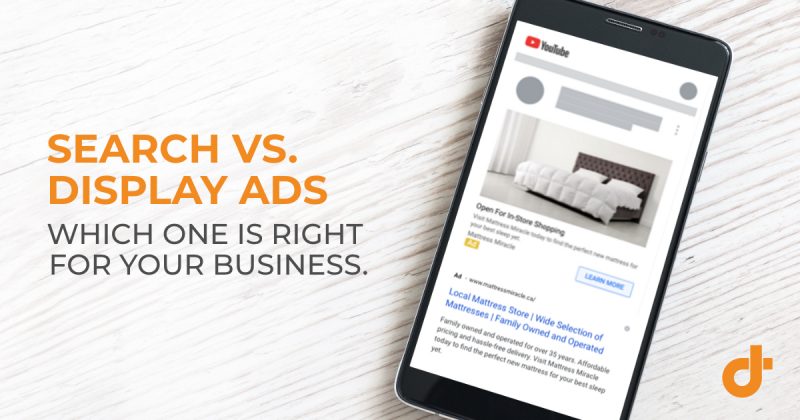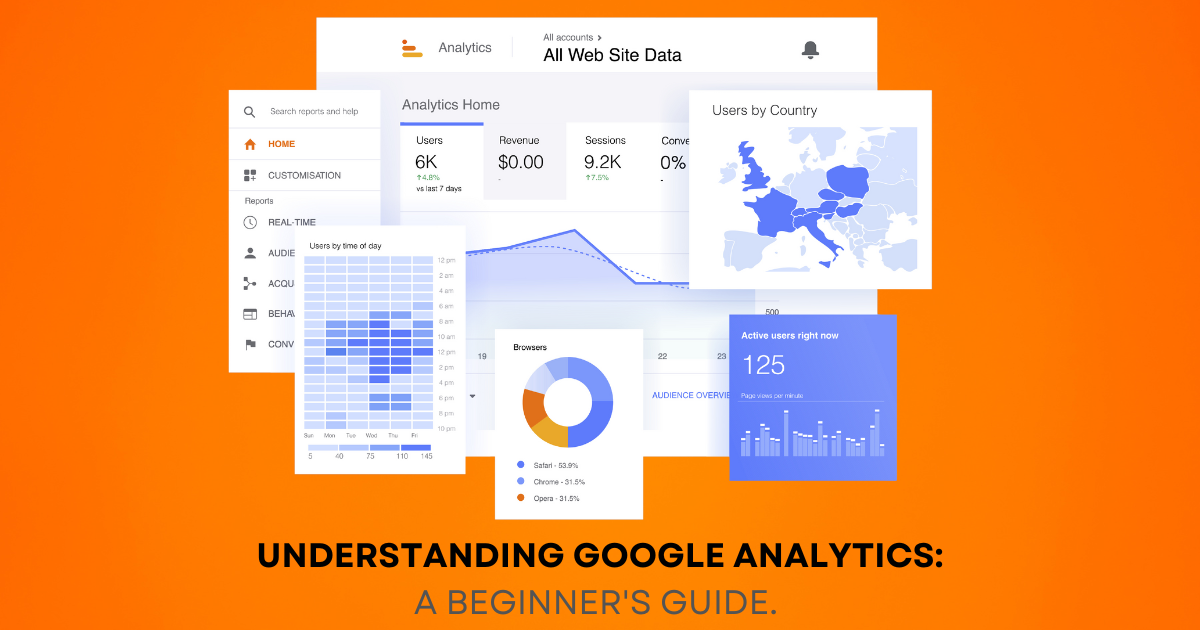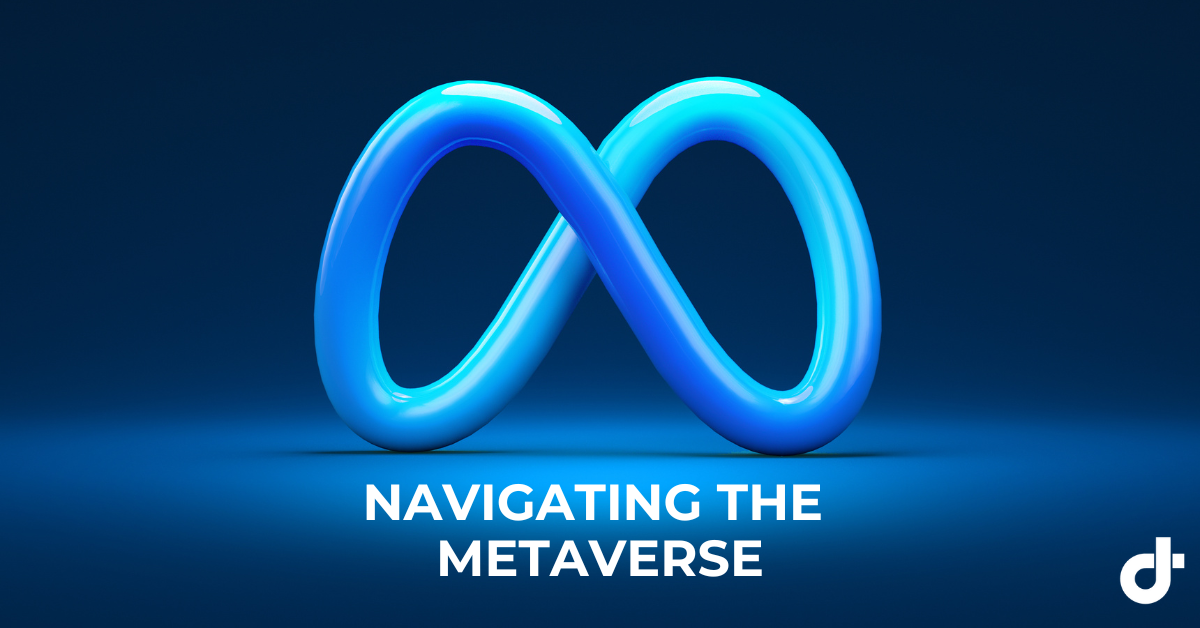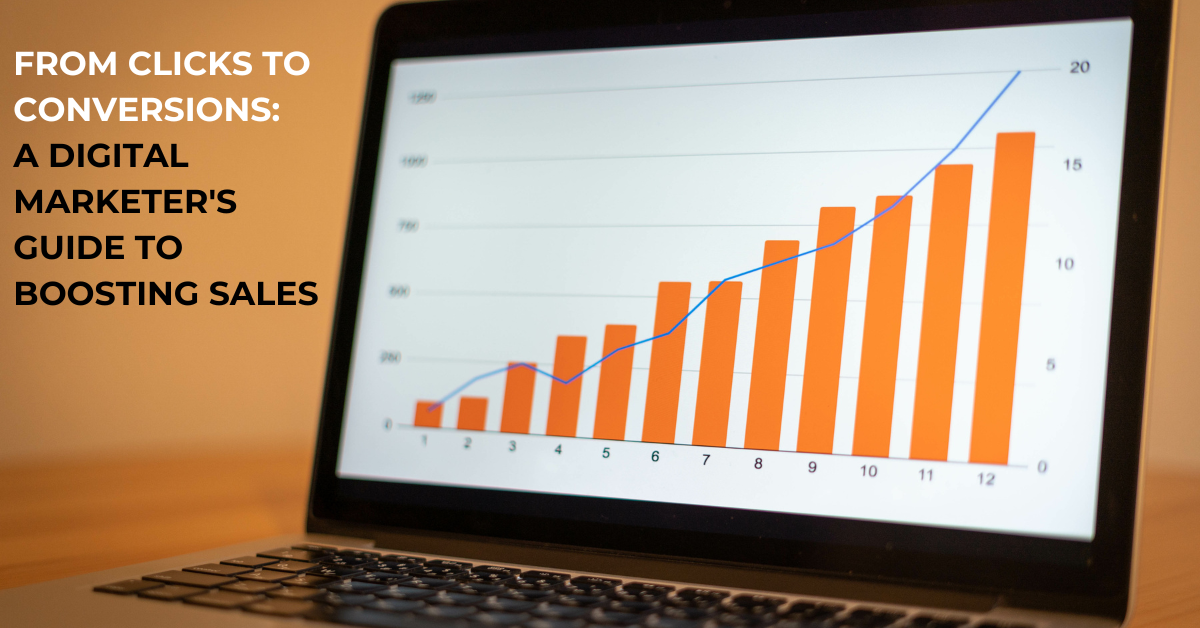Search Ads Vs Display Ads: What’s The difference?
In 2023, developing a robust online marketing strategy for your business has become even more critical in light of the current circumstances. If you’re already working on your digital marketing approach, you’ll encounter two primary search engine marketing options on platforms like Google: search ads and display ads.
So, what sets search and display ads apart on Google in 2023?
There are several notable differences between the two, including their benefits and potential reach. However, both search and display ads share a common trait: when effectively implemented, they can deliver excellent results for your organization’s online marketing campaign.
Before you integrate search and display ads into your online marketing strategy, let’s delve into the detailed guide explaining the disparities between the two:
What Is Search Engine Advertising?
No matter how amazing your business, products, or customer love may be, succeeding in online marketing relies heavily on a solid search engine advertising strategy. If you don’t belong to a well-known brand like Sephora, Zara, or Ford, it can be challenging to reach the top of search engine results pages (SERPs).
This challenge is particularly true for highly competitive search terms (e.g., “overcoat”) or specific product searches (e.g., “brown overcoat”) and even more so for service providers (e.g., HVAC). Search engine advertising, also known as pay-per-click (PPC), offers a solution to get your business found on SERPs, like the example below.
Search engine marketing remains an effective way to connect with your target audience, allowing potential customers to find your products and services by using search engines like Google (which remains the dominant player) and Bing.
How Do Search Ads Work?
Businesses or agency advertisers select a list of highly relevant keywords related to their company or products and bid on those keywords to display their ads when someone searches for phrases containing those keywords.
For example, if the search terms are “black watch” or “buy shoes near me,” the targeted keywords would be “black watch,” “watch,” or “shoes.”
Since you’re not the only one in the same business bidding on those keywords, search engines use a bidding process to determine which ads appear on search results pages. The higher you bid on a search term, the greater the likelihood of your ad appearing, potentially securing a top position on the SERP when someone searches with those targeted keywords.
However, platforms like Google Ads operate on a pay-per-click model, which means you only pay when someone clicks on your ad. This is why search advertising is often referred to as PPC.
What Are the Benefits of Search Ads?
For small businesses or those with limited marketing budgets, running search ads provides greater control over targeting your desired audience. This control enables you to run focused campaigns, ensuring you don’t waste money on uninterested individuals.
If your business caters to a local market and provides localized services, search advertising allows you to display your ads to people actively seeking the products or services your business offers.
What Is Display Advertising?
Display ads, such as images or short-looped videos, are the advertisements you encounter on webpages while reading a blog or browsing the internet. Unlike search ads, display ads are not related to specific product or service searches on search engine platforms.
While display ads operate within the Google Ads interface, they are displayed across various websites that have space available for advertisers, as shown in the example below.
Google’s ad network accepts bids from advertisers, and those with the highest bids secure ad space on their chosen websites. The flexibility of display ads allows you to create ads in various sizes and formats, incorporating different images to showcase your product or service creatively.
However, display ads can be easier to ignore while users are browsing webpages, as the displayed content may not align with their immediate interests.
What Are the Benefits of Display Ads?
Display ads are highly effective in building brand awareness for small or new businesses. They are particularly useful for advertisers who want to leverage images and videos to showcase their products or services, allowing for more creativity compared to plain text search ads.
Using Search and Display Ads Together
Based on the information provided above, it’s evident that combining both Search and Display Networks can be beneficial for your company. If your budget permits, running campaigns for both can yield positive results.
However, to maximize the benefits of each Google Ads network, it’s essential to conduct proper segmentation by creating separate, network-specific campaigns. This approach enables you to craft tailored messaging based on the context in which your audience views the ads and facilitates specific budget allocation and bid settings for each network.
By keeping your data “clean” and well-organized, you’ll be able to make more impactful optimizations. For instance, ads on the Display Network typically garner lower click-through rates (CTR) compared to their Search Network counterparts, given the differing contexts in which they are shown. Segmenting the campaigns allows you to analyze performance and data more accurately.
Looking for more advice on choosing the right Google Ads network for your online marketing strategy or need guidance on the differences between search and display ads in 2023? Feel free to reach out to your local digital marketing experts here at the Design Thinking at 519-758-0901, we’d be delighted to guide you through the fundamentals and set you on the path to achieving a positive ROI through efficient advertising.















